Nicolas Thiebaut
Diffusion Synthesizer for Efficient Multilingual Speech to Speech Translation
Jun 14, 2024



Abstract:We introduce DiffuseST, a low-latency, direct speech-to-speech translation system capable of preserving the input speaker's voice zero-shot while translating from multiple source languages into English. We experiment with the synthesizer component of the architecture, comparing a Tacotron-based synthesizer to a novel diffusion-based synthesizer. We find the diffusion-based synthesizer to improve MOS and PESQ audio quality metrics by 23\% each and speaker similarity by 5\% while maintaining comparable BLEU scores. Despite having more than double the parameter count, the diffusion synthesizer has lower latency, allowing the entire model to run more than 5$\times$ faster than real-time.
Providing Actionable Feedback in Hiring Marketplaces using Generative Adversarial Networks
Oct 06, 2020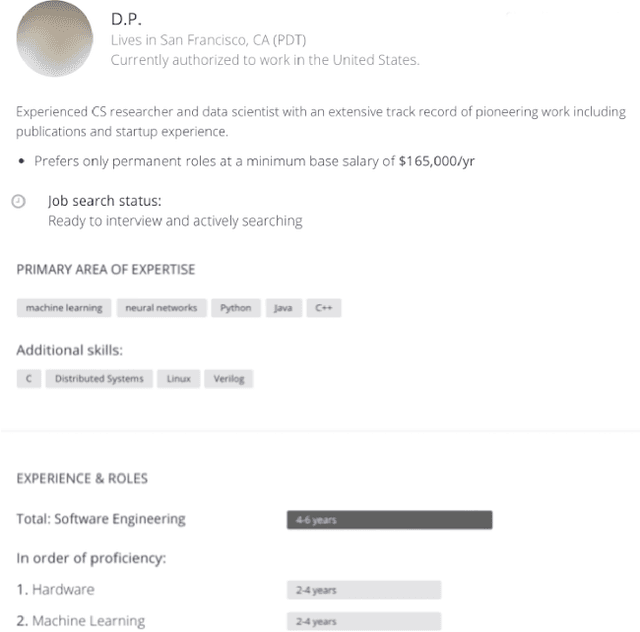

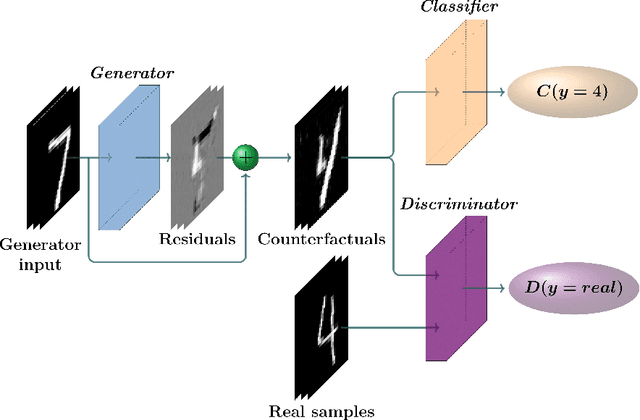

Abstract:Machine learning predictors have been increasingly applied in production settings, including in one of the world's largest hiring platforms, Hired, to provide a better candidate and recruiter experience. The ability to provide actionable feedback is desirable for candidates to improve their chances of achieving success in the marketplace. Until recently, however, methods aimed at providing actionable feedback have been limited in terms of realism and latency. In this work, we demonstrate how, by applying a newly introduced method based on Generative Adversarial Networks (GANs), we are able to overcome these limitations and provide actionable feedback in real-time to candidates in production settings. Our experimental results highlight the significant benefits of utilizing a GAN-based approach on our dataset relative to two other state-of-the-art approaches (including over 1000x latency gains). We also illustrate the potential impact of this approach in detail on two real candidate profile examples.
CounteRGAN: Generating Realistic Counterfactuals with Residual Generative Adversarial Nets
Sep 11, 2020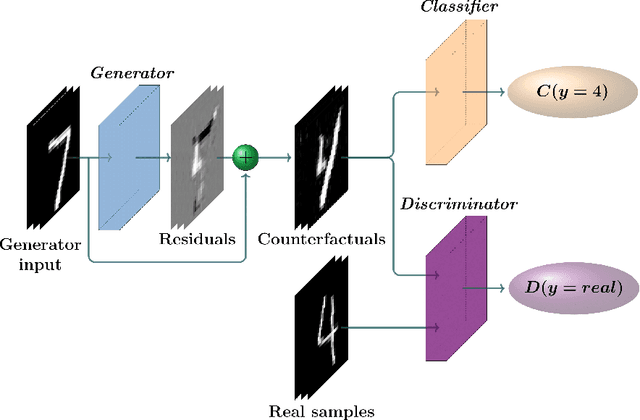
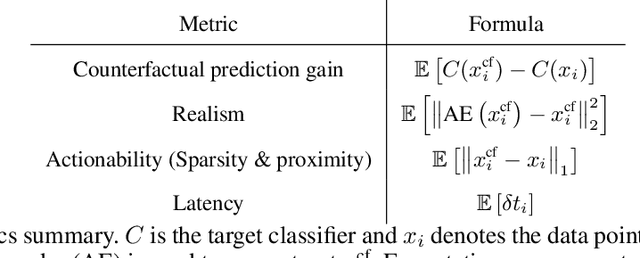
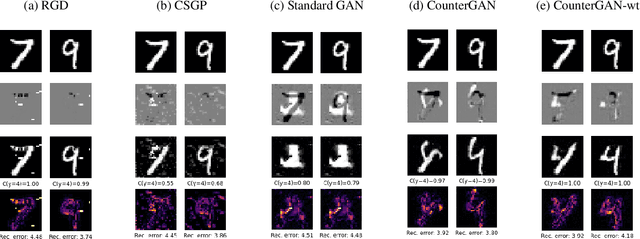

Abstract:The prevalence of machine learning models in various industries has led to growing demands for model interpretability and for the ability to provide meaningful recourse to users. For example, patients hoping to improve their diagnoses or loan applicants seeking to increase their chances of approval. Counterfactuals can help in this regard by identifying input perturbations that would result in more desirable prediction outcomes. Meaningful counterfactuals should be able to achieve the desired outcome, but also be realistic, actionable, and efficient to compute. Current approaches achieve desired outcomes with moderate actionability but are severely limited in terms of realism and latency. To tackle these limitations, we apply Generative Adversarial Nets (GANs) toward counterfactual search. We also introduce a novel Residual GAN (RGAN) that helps to improve counterfactual realism and actionability compared to regular GANs. The proposed CounteRGAN method utilizes an RGAN and a target classifier to produce counterfactuals capable of providing meaningful recourse. Evaluations on two popular datasets highlight how the CounteRGAN is able to overcome the limitations of existing methods, including latency improvements of >50x to >90,000x, making meaningful recourse available in real-time and applicable to a wide range of domains.
An innovative solution for breast cancer textual big data analysis
Dec 06, 2017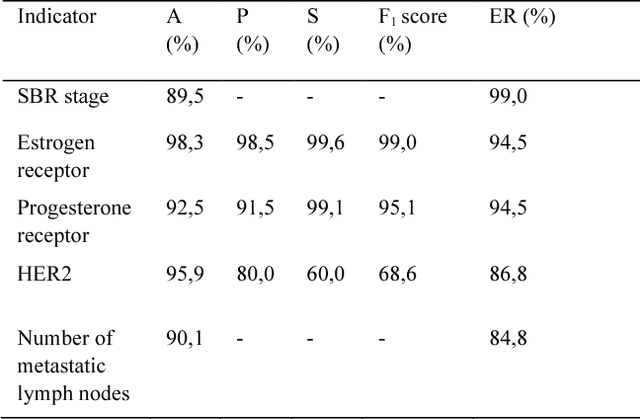
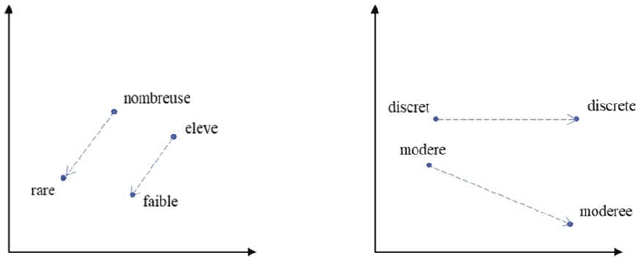
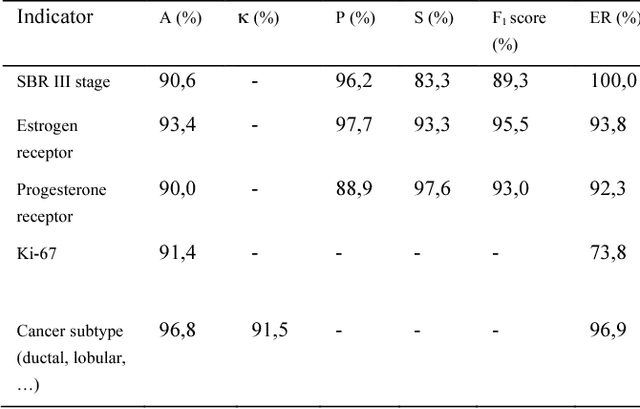
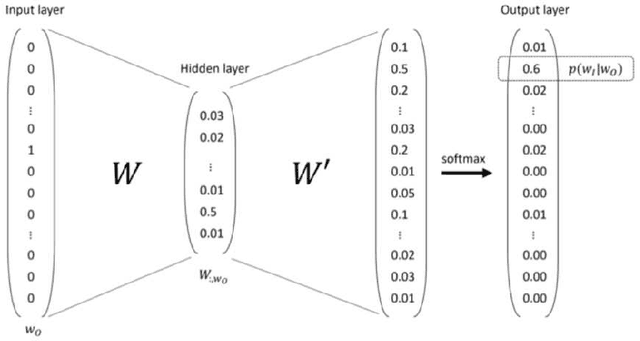
Abstract:The digitalization of stored information in hospitals now allows for the exploitation of medical data in text format, as electronic health records (EHRs), initially gathered for other purposes than epidemiology. Manual search and analysis operations on such data become tedious. In recent years, the use of natural language processing (NLP) tools was highlighted to automatize the extraction of information contained in EHRs, structure it and perform statistical analysis on this structured information. The main difficulties with the existing approaches is the requirement of synonyms or ontology dictionaries, that are mostly available in English only and do not include local or custom notations. In this work, a team composed of oncologists as domain experts and data scientists develop a custom NLP-based system to process and structure textual clinical reports of patients suffering from breast cancer. The tool relies on the combination of standard text mining techniques and an advanced synonym detection method. It allows for a global analysis by retrieval of indicators such as medical history, tumor characteristics, therapeutic responses, recurrences and prognosis. The versatility of the method allows to obtain easily new indicators, thus opening up the way for retrospective studies with a substantial reduction of the amount of manual work. With no need for biomedical annotators or pre-defined ontologies, this language-agnostic method reached an good extraction accuracy for several concepts of interest, according to a comparison with a manually structured file, without requiring any existing corpus with local or new notations.
 Add to Chrome
Add to Chrome Add to Firefox
Add to Firefox Add to Edge
Add to Edge